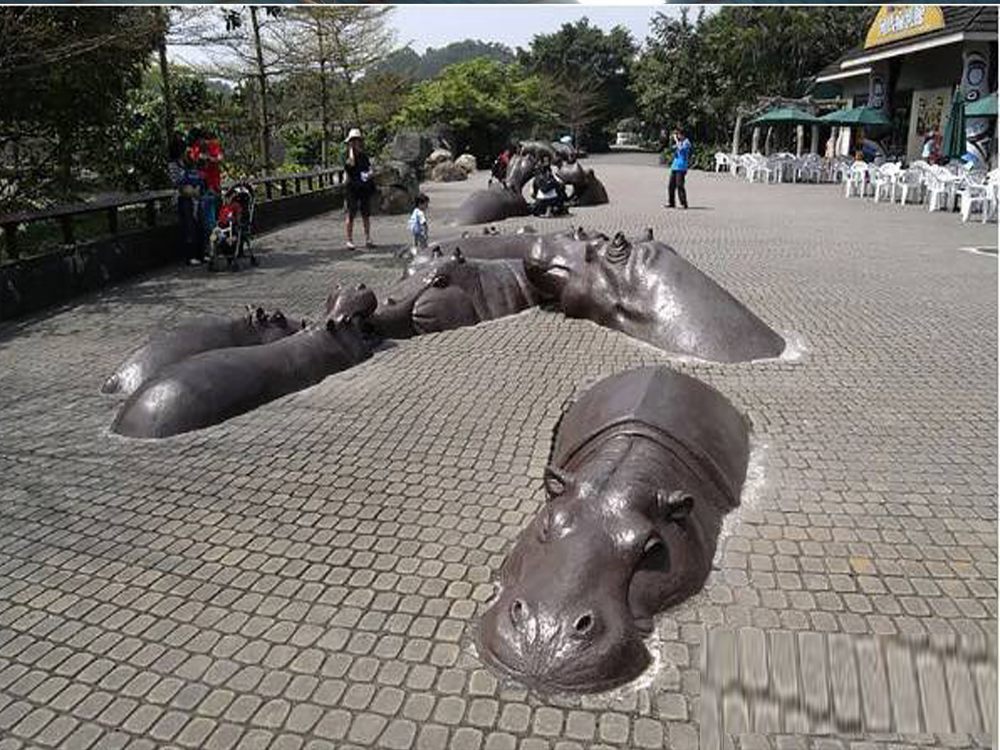
Stone sculptures hold deep cultural and spiritual significance in many societies, often carrying taboos or sensitivities that outsiders may overlook. In Hindu-majority regions like India and Nepal, carving deities into stone requires strict adherence to sacred proportions and rituals—casual replication is considered disrespectful. Buddhist cultures, particularly in Southeast Asia, view touching or posing with Buddha statues as offensive, especially when the sculpture’s head is higher than a person’s.
Across parts of Africa, ancestral stone figures are believed to house spirits; photographing or moving them without elder permission risks supernatural retaliation. In Indigenous Australian traditions, certain engraved rocks are restricted knowledge—only initiated community members may interact with them. Even in secular contexts, like Europe’s war memorials, altering or defacing stone monuments can provoke intense backlash as historical wounds remain sensitive.
Modern creators must research local beliefs before depicting culturally charged motifs. For instance, Māori pounamu (greenstone) carvings in New Zealand often represent tribal lineage—commercial replication without tribal consultation breaches intellectual property protocols. Similarly, Mesoamerican jade sculptures may carry underworld symbolism inappropriate for casual display.
Key guidelines include: consulting local custodians for sacred artifacts, avoiding irreversible modifications to historical pieces, and never using religious sculptures for decorative purposes. These precautions honor the living traditions behind static stone, ensuring artistic appreciation doesn’t cross into cultural violation.

